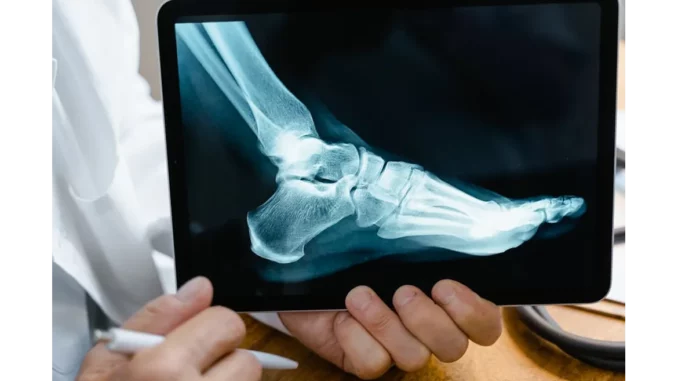
The realm of orthopaedic surgery is undergoing a profound transformation, catalysed by the advent of artificial intelligence (AI) and 3D printing technologies. At the forefront of this revolution is Treace Medical Concepts, Inc., a distinguished entity in the medical technology sector. Recently, the company garnered significant attention with the debut of its AI-driven, patient-specific bunion surgery system in the United States. This innovative development, known as the IntelliGuide™ Patient Specific Instrumentation (PSI) integrated with the Adductoplasty® System, signifies a remarkable stride in the surgical management of bunions and associated midfoot deformities.
Anatomically, bunions, or hallux valgus, present a prevalent challenge, manifesting as a lateral deviation of the big toe joint, which culminates in a conspicuous protuberance on the foot’s side. Affecting millions, this condition often results in pain, discomfort, and restricted mobility. Historically, surgical interventions have predominantly concentrated on rectifying the two-dimensional aspects of the deformity, frequently neglecting the underlying causes and thereby predisposing patients to recurrences. The complexity of such surgeries is exacerbated by concurrent midfoot deformities, like metatarsus adductus, which are present in a substantial number of bunion cases. These deformities entail intricate, three-dimensional misalignments of midfoot bones, necessitating meticulous and precise surgical correction.
Treace Medical’s innovative system leverages AI and 3D printing to overcome these surgical challenges. Central to their approach, the IntelliGuide™ PSI employs AI-powered software to transform a patient’s CT scan into a detailed pre-operative surgical blueprint. This blueprint is utilised to fabricate a 3D-printed cut guide, specifically tailored to the patient’s unique foot anatomy. The bespoke nature of this approach enables surgeons to visualise the complex three-dimensional deformities before surgery, thereby enhancing precision and operational efficiency. This technology not only improves surgical outcomes by reducing recurrence and complication rates but also aligns with the broader trend towards patient-centric care, wherein treatments are customised to fit individual patient profiles rather than adopting a generic methodology.
The market implications of Treace Medical’s introduction of the IntelliGuide™ PSI are substantial. The company’s strategic decision to initiate a limited market release, with plans for a wider dissemination among surgeons, underscores its commitment to becoming a dominant force in the orthopaedic market. A full-scale launch anticipated in early 2025 is poised to significantly alter the landscape of bunion and midfoot deformity treatments. Given the prevalence of these conditions, the demand for effective surgical solutions is burgeoning. Treace Medical’s AI-driven, patient-specific methodology is well-positioned to capture a substantial market share, particularly as the medical community and patients increasingly recognise the benefits of personalised medicine underpinned by AI.
However, the integration of AI and 3D printing within surgical practices is not without its challenges. Surgeons require specialised training to adeptly utilise these advanced tools, and the initial costs associated with implementing such systems may be prohibitive for some healthcare providers, potentially limiting patient access. Additionally, navigating the regulatory landscape is paramount, as the adoption of AI in healthcare is subject to rigorous oversight to ensure safety and efficacy. Treace Medical must adeptly manage these regulatory challenges to facilitate the successful integration of its pioneering system.
The advent of Treace Medical’s AI-powered patient-specific bunion surgery system heralds a new era in orthopaedic surgery. By harnessing the power of AI and 3D printing, the company is charting a course towards more personalised and effective treatments for bunion and midfoot deformities. As this technology progresses, it promises to redefine the standard of care for countless patients, enhancing outcomes and quality of life. The shift towards bespoke treatment paradigms, driven by AI and personalised medicine, signals a broader transformation within healthcare, fostering more efficient and effective patient-centred care. In this evolving landscape, collaborative efforts among healthcare providers, regulators, and innovators will be imperative to ensure the equitable and safe adoption of these groundbreaking technological advancements.


Be the first to comment